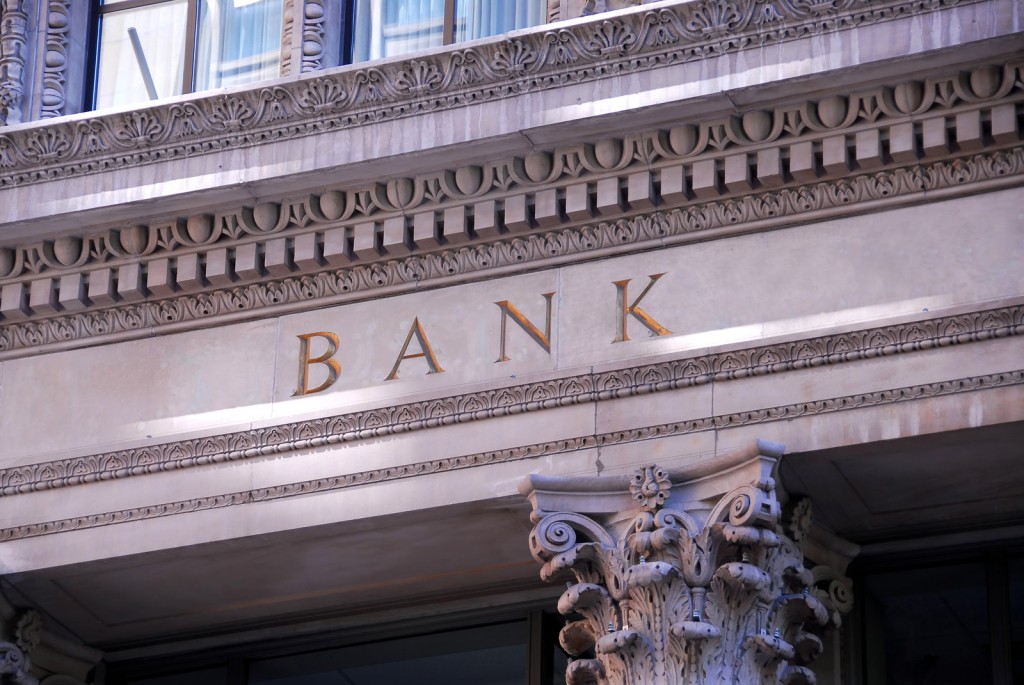The Dodd-Frank Act doesn’t go far enough, a former U.S. Treasury official said recently.
While the act was a necessary step toward preventing a repeat of the 2008 financial crisis that kicked off the Great Recession, it doesn’t correct the “too big to fail” problem related to the country’s largest banks, according to Neil Kashkari. Former Treasury official Kashkari is now president of the Federal Reserve Bank of Minneapolis.
Kashkari recently laid out his reservations about the effectiveness of current regulatory changes during a speech at the Brookings Institution.
“While significant progress has been made to strengthen our financial system, I believe the act did not go far enough,” Kashkari said. “I believe the biggest banks are still too big to fail and continue to pose a significant, ongoing risk to our economy.”
The Dodd-Frank Wall Street Reform and Consumer Protection Act of 2010 was put into place to give the federal government more regulatory authority over the financial industry in order to prevent the need for future government bailouts of large financial institutions. The act also is designed to help prevent widespread financial repercussions should a large bank fail, such as those felt when Lehman Brothers collapsed in advance of the Great Recession.
The Dodd-Frank Act subjects financial institutions to a series of regulations while giving government the right to break up banks deemed “too big to fail.” To achieve the act’s goals, the Financial Stability Oversight Council was created to serve as a watchdog for risks that might affect the financial industry. Banks deemed too big by the council can be required by the Federal Reserve to increase their reserve requirement to safeguard against financial hardships. The act also requires banks to have plans for an orderly shutdown should their insolvency arise.
You Might Also Enjoy: ATM, Overdraft Fees are Big Business for America’s Big Banks
Still, Kashkari asserts more needs to be done. He believes the threat of another crisis that would force government bailout of large banks still exists —a problem, he says, that can be prevented.
The United States is home to nearly 7,000 banks. The largest six hold an estimated $10 trillion in assets. Their holdings add up to more than twice the assets held by the next 30 largest banks combined, according to Bloomberg. Those figures may support Kashkari’s assertion that some “too big to fail” banks still exist despite Dodd-Frank regulations.
The continued existence of “too big to fail” financial institutions poses a lingering threat, Kashkari said. He recommends “bolder, transformational options” to address the problem, including:
- Breaking up large banks into smaller entities
- Turning large banks into public utilities by requiring them to hold enough capital to make it impossible for them to fail
- Reducing systemic risks where they exist.
Kashkari’s recommendations have surprised many in the financial community, who didn’t anticipate a push for more regulation coming from a moderate Republican and former Goldman-Sachs employee. David Wessel, a former economics editor at The Wall Street Journal and moderator of the Brookings event, noted after the speech that Kashkari’s sentiments were more along the lines of something Bernie Sanders or Elizabeth Warren might say.
Others in financial circles support the progress Dodd-Frank has produced in reducing the likelihood of big bank failure while mitigating costs that might be incurred if such a failure were to happen. Eric S. Rosengren, president of the Federal Reserve Bank of Boston, for example, has stated the act has produced significant headway. Donald L. Kohn, who served as the Fed’s vice chair during the 2008 crisis, has said he has greater confidence in the Dodd-Frank Act’s ability to mitigate risk than does his former colleague Kashkari.
Kashkari isn’t swayed by detractors. He has promised that the Minneapolis Fed will undertake a research effort to recommend further measures the government might pursue. He aims to have a published proposal ready by year’s end.





